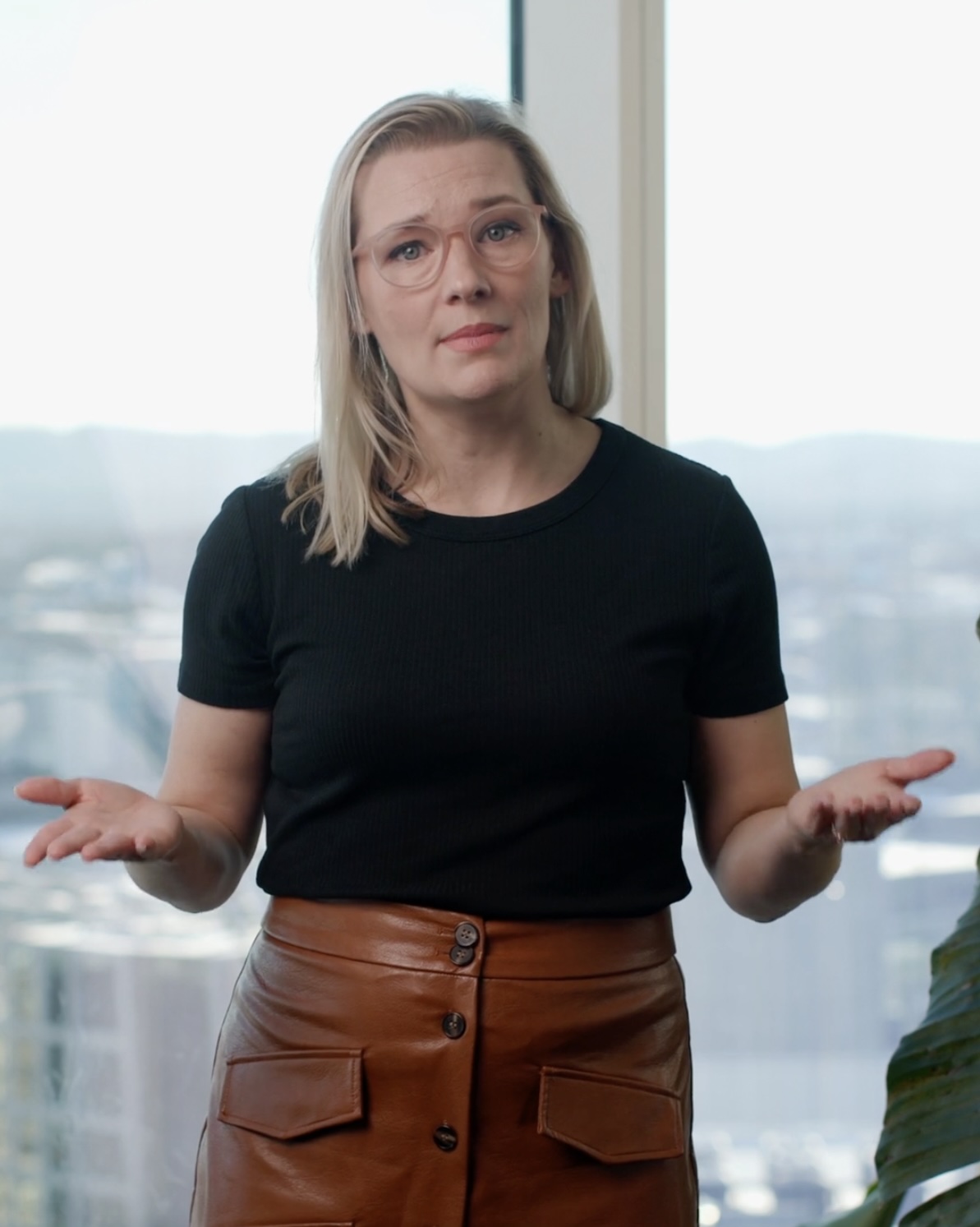Are you underestimating how powerful good branding can be? Think again. Sure, there are many factors at play when it comes to a company’s success, but let’s look at some game-changing rebrand stories.
The power of a rebrand
Take Domino’s, for instance. They didn’t just rebrand; they reinvented their pizza recipe. And guess what? Their sales skyrocketed.
Old Spice? They went from your grandpa’s cologne to a household name in men’s grooming with a single, clever campaign.
Burberry, Apple, Lego – the list goes on. Each of these brands didn’t just tweak their logo; they transformed their entire approach, and it paid off big time.
But here’s the thing: getting a rebrand isn’t just about a fresh look. In fact, these logo changes had little to do with company growth. It’s about setting a new tone and leading your business from where it is now to where you want it to be. Whether you’re overhauling your product, changing your services, or just shifting your business approach, a well-thought-out rebrand can pave the way.
So, if you’re contemplating a change, consider this: branding might be the key to making it all come together. It’s not just a facelift; it’s the foundation for your future growth.
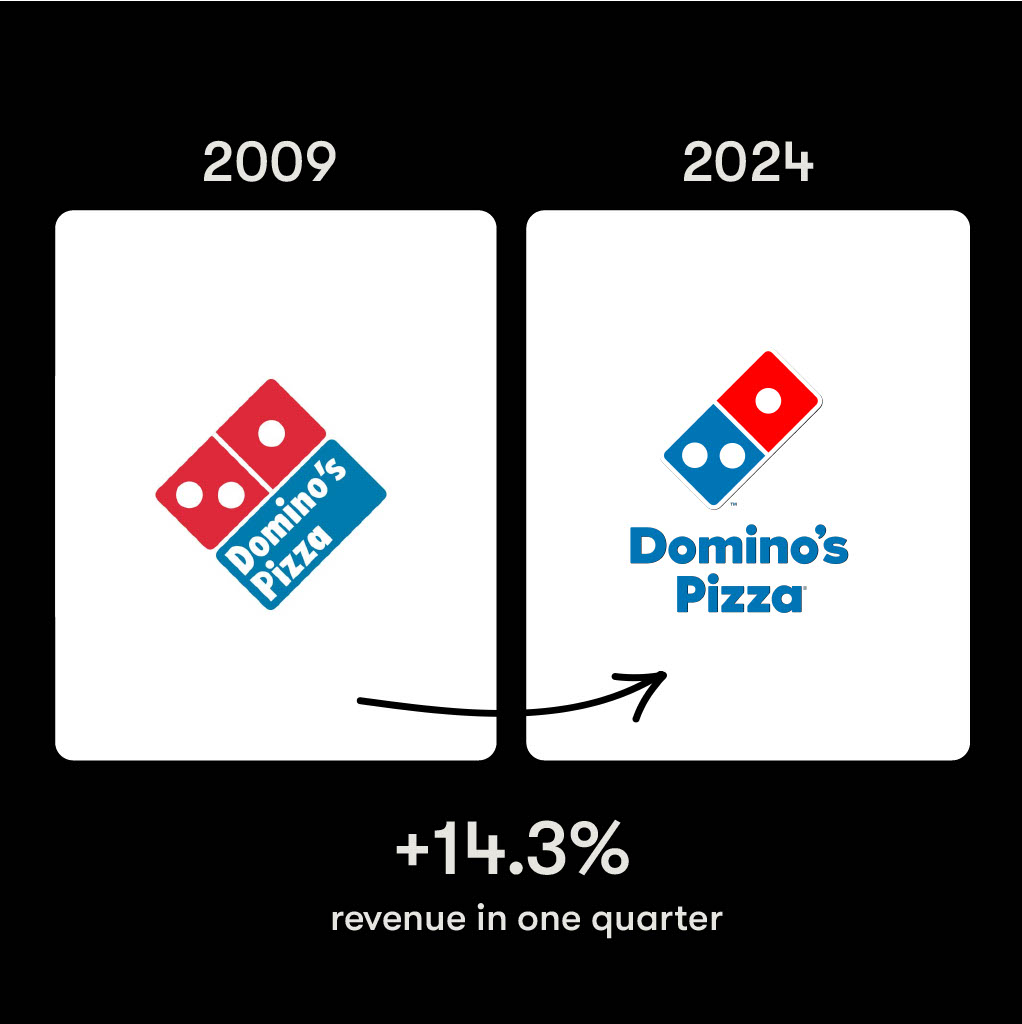
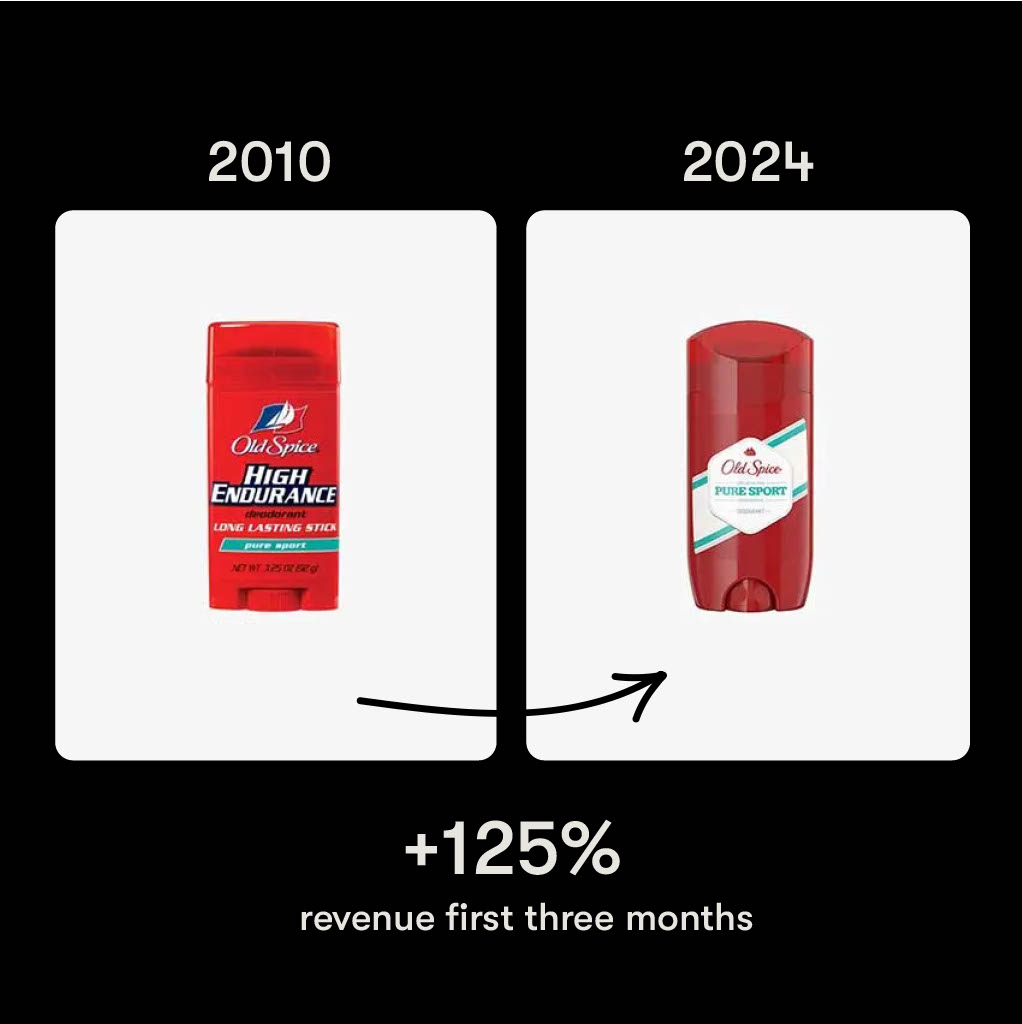
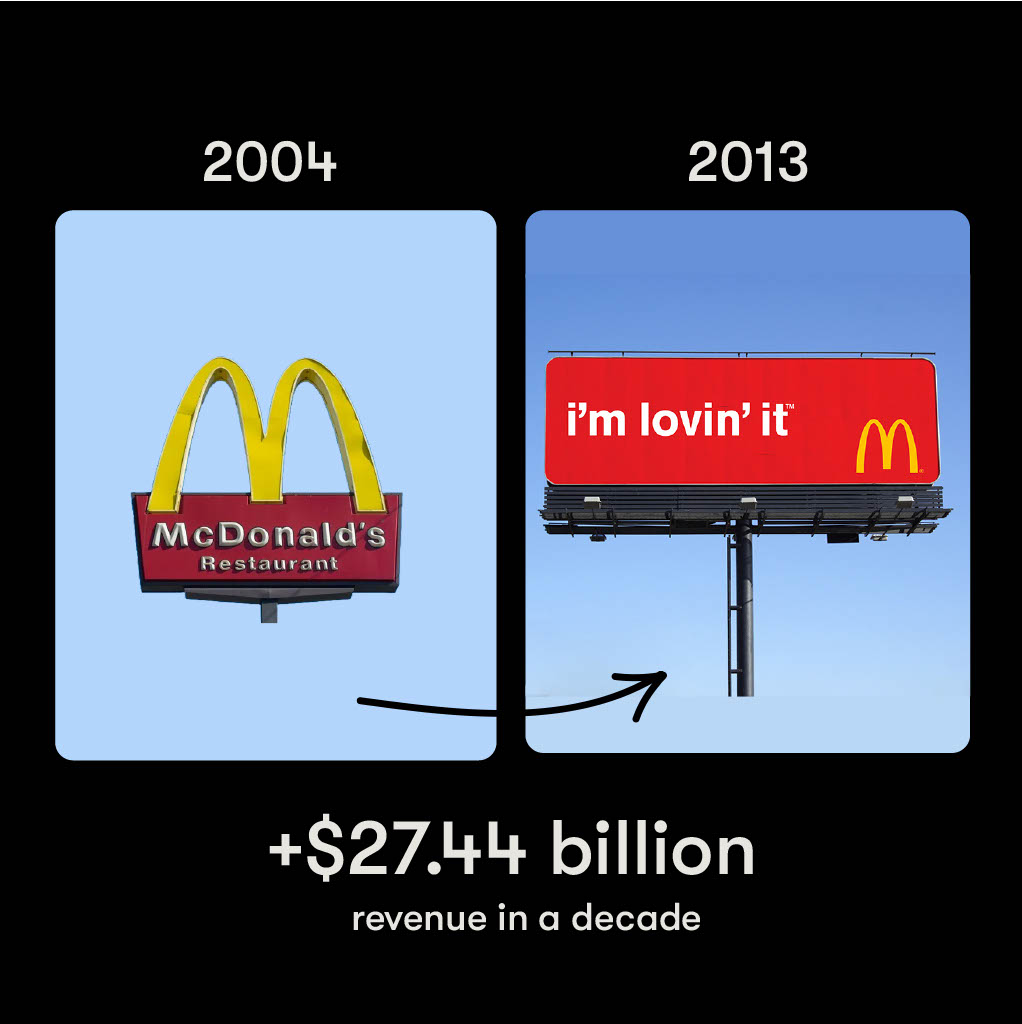
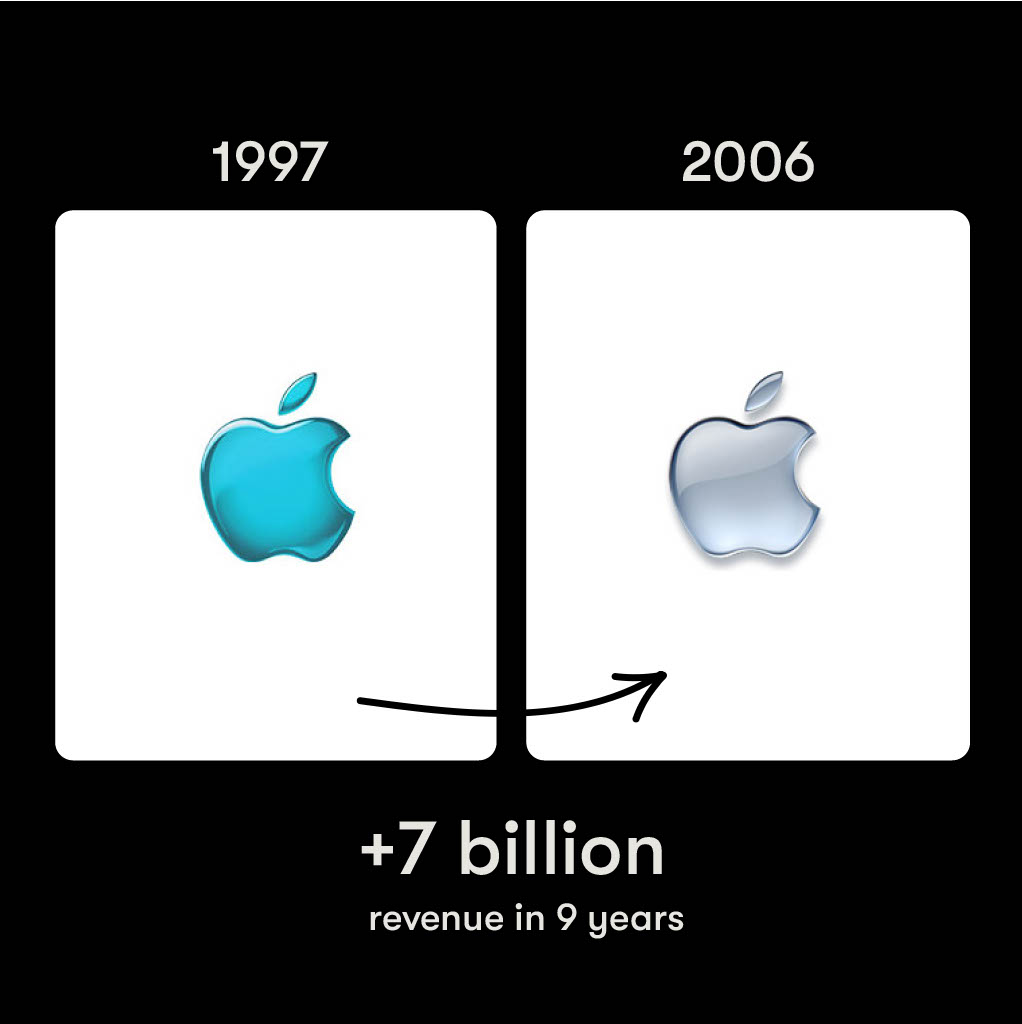
Rebrand efforts
Old Spice
The men’s grooming brand underwent a significant rebranding effort in 2010 with the “The Man Your Man Could Smell Like” campaign. This shift towards a more humorous and engaging brand image led to a substantial increase in sales and market share. By July 2010, sales had more than doubled compared to the previous year, marking a 125% increase (WK) (Marketing Week).
Burberry
Burberry transformed from a struggling brand associated with outdated fashion to a high-end luxury brand. By modernizing its product lines and focusing on digital innovation and a cohesive brand image, Burberry saw a significant boost in sales and brand prestige. Under CEO Angela Ahrendts’ leadership from 2006 to 2014, Burberry’s revenue grew from £742 million to over £2.5 billion (Wikipedia).
Domino’s Pizza
In 2009, Domino’s Pizza rebranded by improving its product quality, changing its recipe, and launching a transparent marketing campaign acknowledging past mistakes. This rebranding resulted in a dramatic increase in sales and market presence, with a 14.3% increase in U.S. same-store sales in the first quarter of 2010 (Marketing Week).
Apple
Apple’s rebranding in the late 1990s, under the leadership of Steve Jobs, included a shift towards sleek, user-friendly products and the iconic “Think Different” campaign. This transformation was pivotal in Apple’s rise to becoming one of the world’s most valuable brands. Apple’s revenue increased from $7 billion in 1997 to $19.1 billion in 2006, and further to $365 billion in 2021 (Marketing Week).
Lego
Facing financial difficulties in the early 2000s, Lego rebranded by focusing on core products, innovating with new themes and partnerships (e.g., with movie franchises), and enhancing its digital presence. This strategy led to a resurgence in popularity and sales. By 2015, Lego’s revenue reached $5.2 billion, making it the largest toy company in the world by sales (Marketing Week).
McDonald’s
In the mid-2000s, McDonald’s rebranded with the “I’m Lovin’ It” campaign, focusing on healthier menu options and modernizing its restaurants. This rebranding helped improve public perception and increased sales, leading to consistent growth over the next decade, with revenue reaching $27.44 billion in 2013 (Marketing Week).
Nike
Nike’s “Just Do It” campaign in the late 1980s transformed the brand into a symbol of athletic excellence and personal achievement. This branding effort significantly boosted Nike’s market share and sales, increasing its share of the North American domestic sport-shoe business from 18% to 43%, with worldwide sales rising from $877 million to $9.2 billion in a decade (Marketing Week).
Harley-Davidson
In the 1980s, Harley-Davidson rebranded by focusing on its heritage and the lifestyle associated with its motorcycles. This shift helped the company recover from financial struggles and build a loyal customer base. Following its rebranding efforts, Harley-Davidson’s revenue increased from $294 million in 1986 to $1.77 billion by 2002 (Marketing Week).
These examples illustrate how effective rebranding can significantly impact a company’s sales and market position.
Ready for a transformation?
What do you think? Is your brand ready for a transformation? Let’s talk about how rebranding can be a catalyst for your next big move. Chat with co-owners Meg and Josh at Wizardly.


